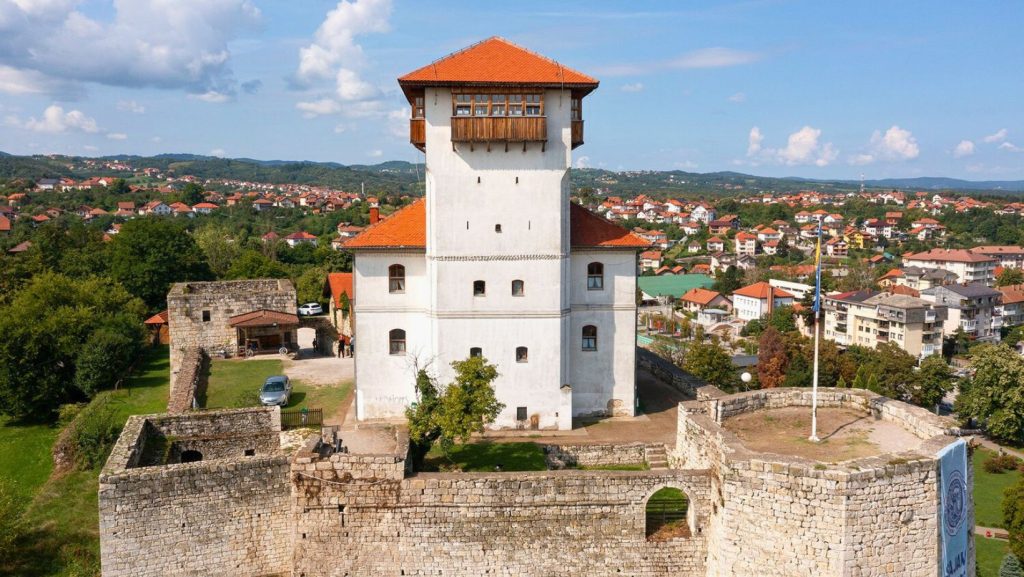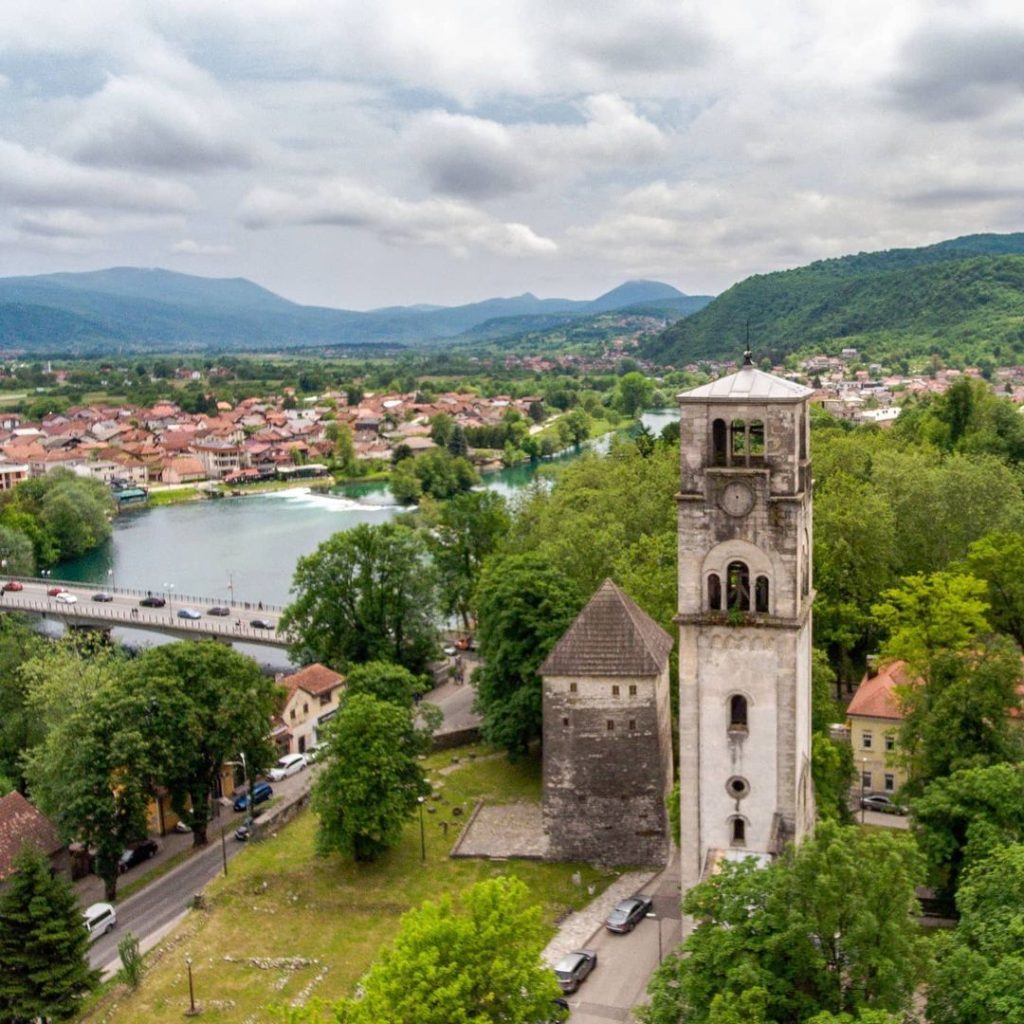
Kapetanova Kula, located in the heart of Bihać, Bosnia and Herzegovina, stands as a remarkable symbol of the city’s rich history. This well-preserved tower, now a national monument, offers visitors an immersive experience into the cultural and historical heritage of the region. Bihać, first mentioned in historical records in 1260, developed as a royal free city during the Middle Ages, becoming an important urban and trading center. By the 16th century, Bihać transformed into one of the key fortifications on the western border of the Ottoman Empire, making Kapetanova Kula a significant architectural and military structure of the time.
Historical Background of Kapetanova Kula
The origins of Kapetanova Kula are debated among historians. Some suggest it dates back to 13th century, while others believe it was built at the start of the 17th century. Regardless of its precise construction date, this limestone tower has witnessed centuries of historical events. Originally built as a fortification during Ottoman rule, it played a crucial role in the defense of Bihać and was later repurposed as a prison under Austro-Hungarian rule. Remarkably, it survived the wars and conflicts of the 19th and 20th centuries, undergoing multiple reconstructions to preserve its structural integrity.
Unique Architecture
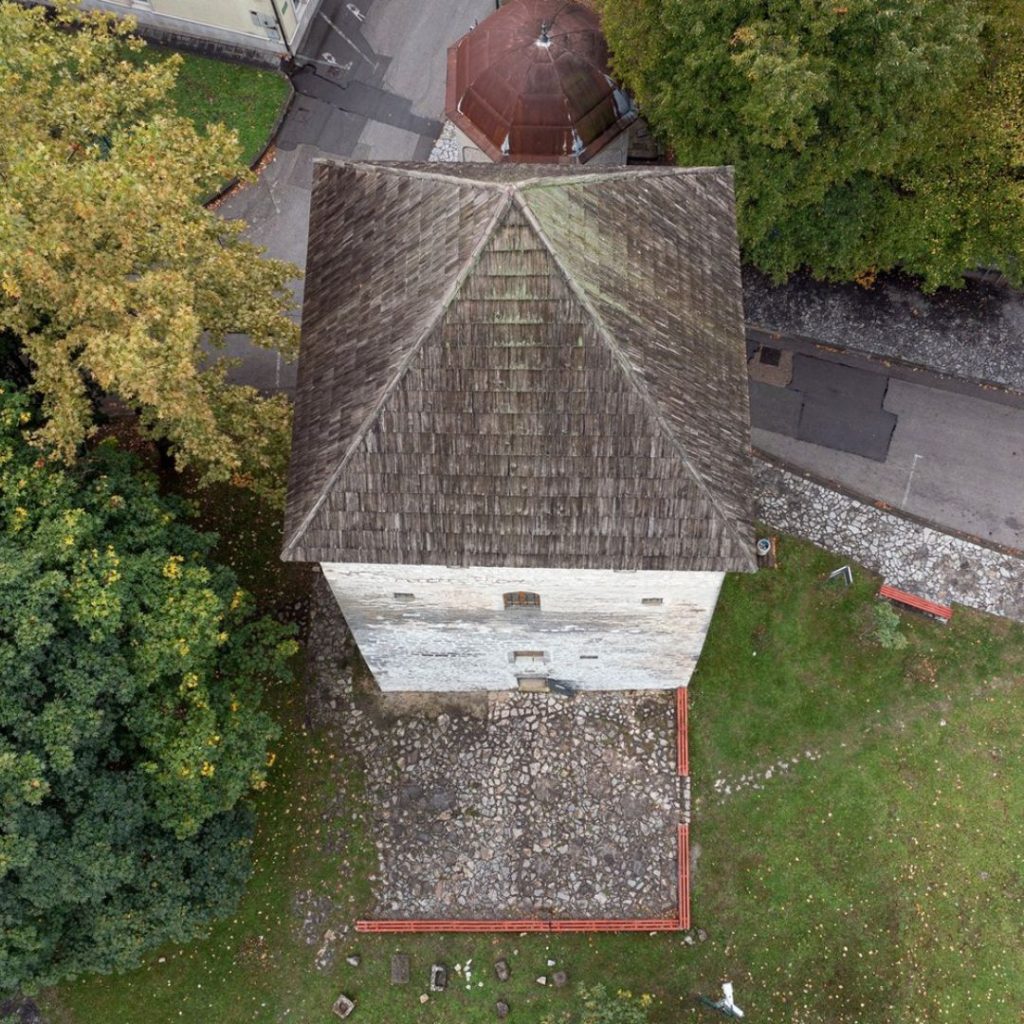
The architecture of Kapetanova Kula is a standout feature for visitors. With a square base of 10×10 meters and the form of a concealed four-sided pyramid, the tower showcases a distinct style compared to other fortifications in Bosnia and Herzegovina. Built from limestone, a common material in the region, the tower’s design is topped by a pitched roof, lending it an iconic appearance. Visitors can still see the remnants of the surrounding city walls, which adds to the historical atmosphere of the location.
The Tower’s Role Through History
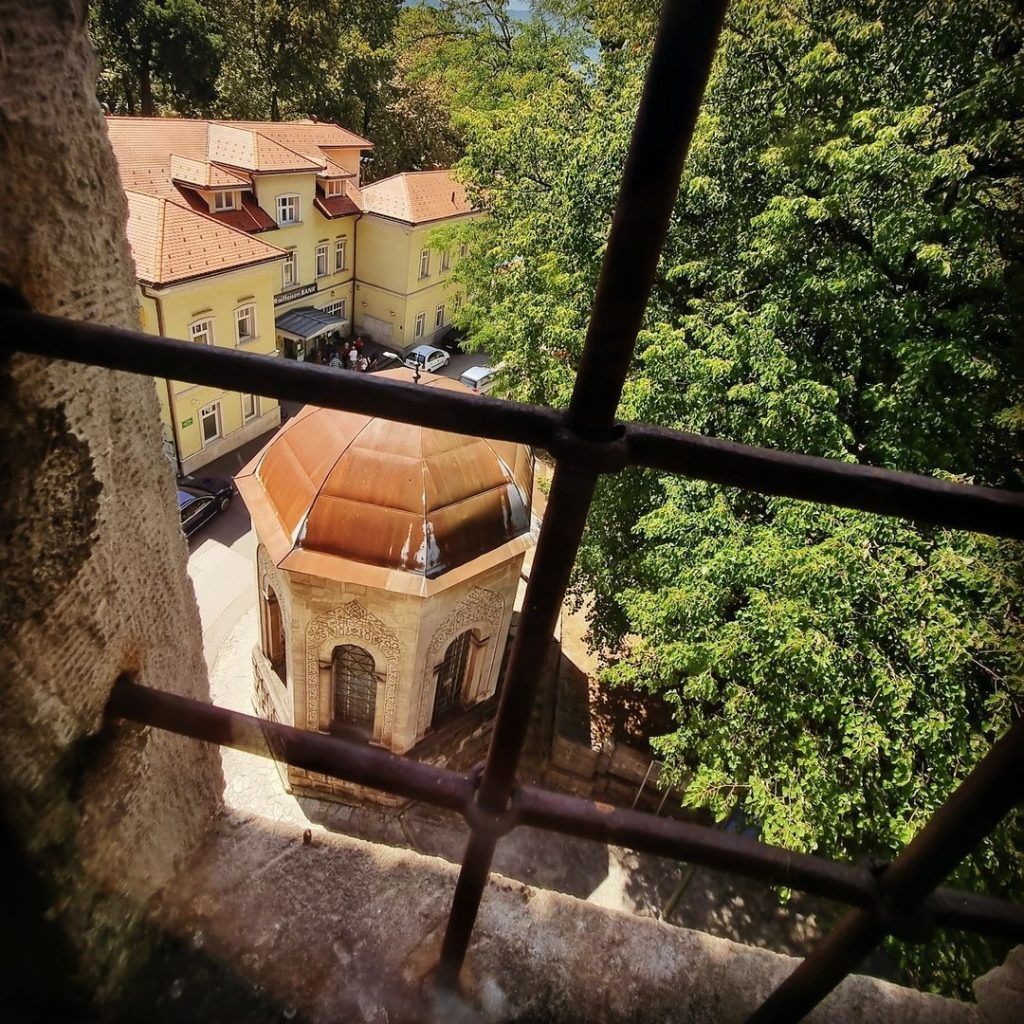
Kapetanova Kula served various functions over the centuries. During Ottoman times, it was an essential military structure, and after the Austro-Hungarians took control in 1889, it was transformed into a prison. During World War II, the tower was used as a detention center by the Ustaša regime. The interior of the tower underwent significant changes during these times, including the addition of window openings and the restructuring of its rooms. Despite these modifications, the tower retains its original historic charm.
The Museum Experience
In 1972, Kapetanova Kula was restored and transformed into a museum, providing visitors with a deep dive into the cultural and historical legacy of the Bihać region.
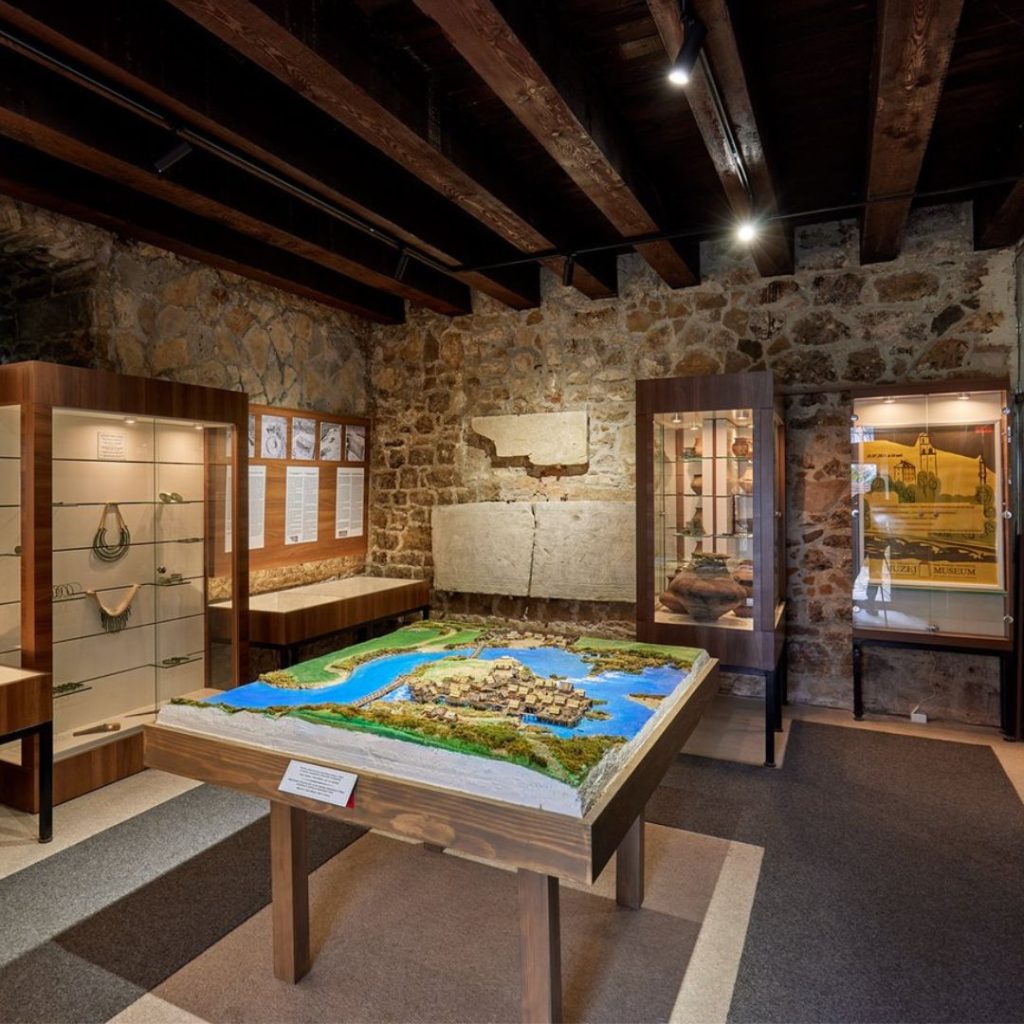
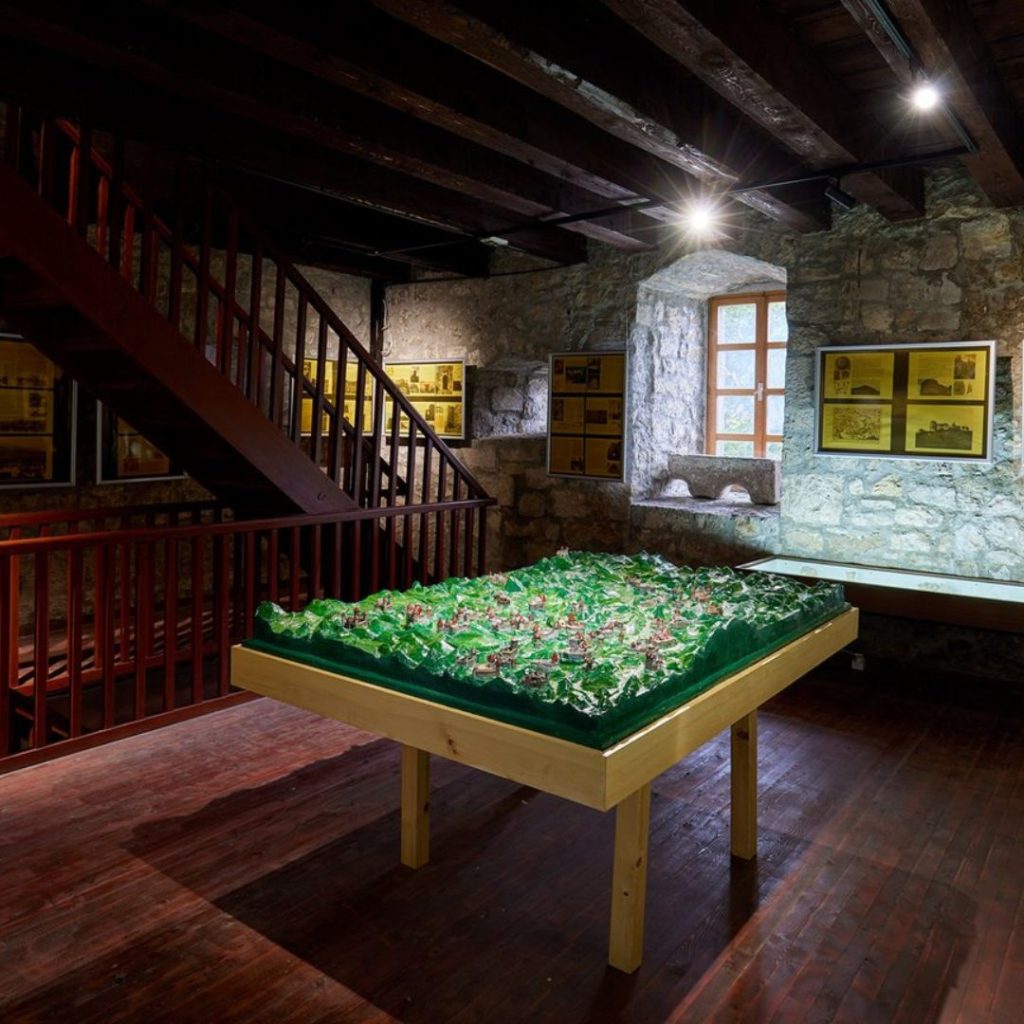
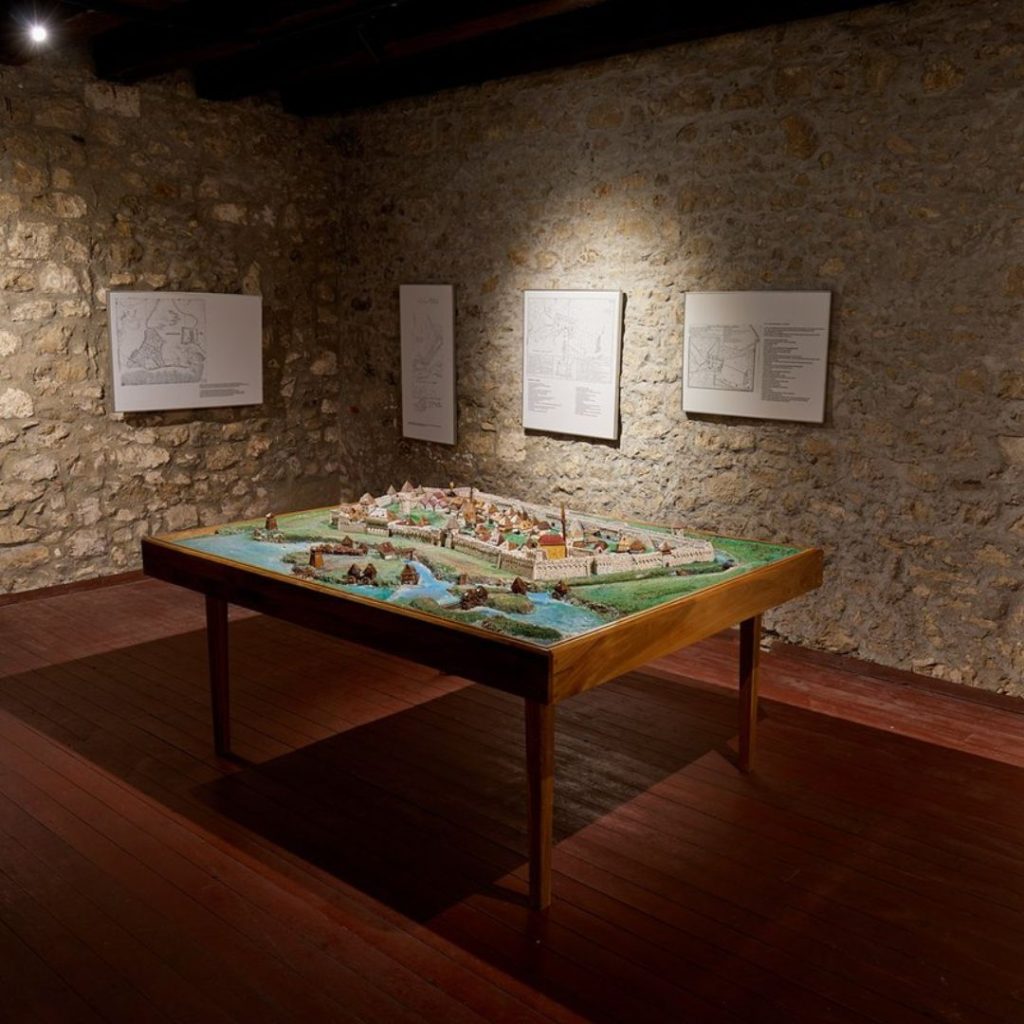
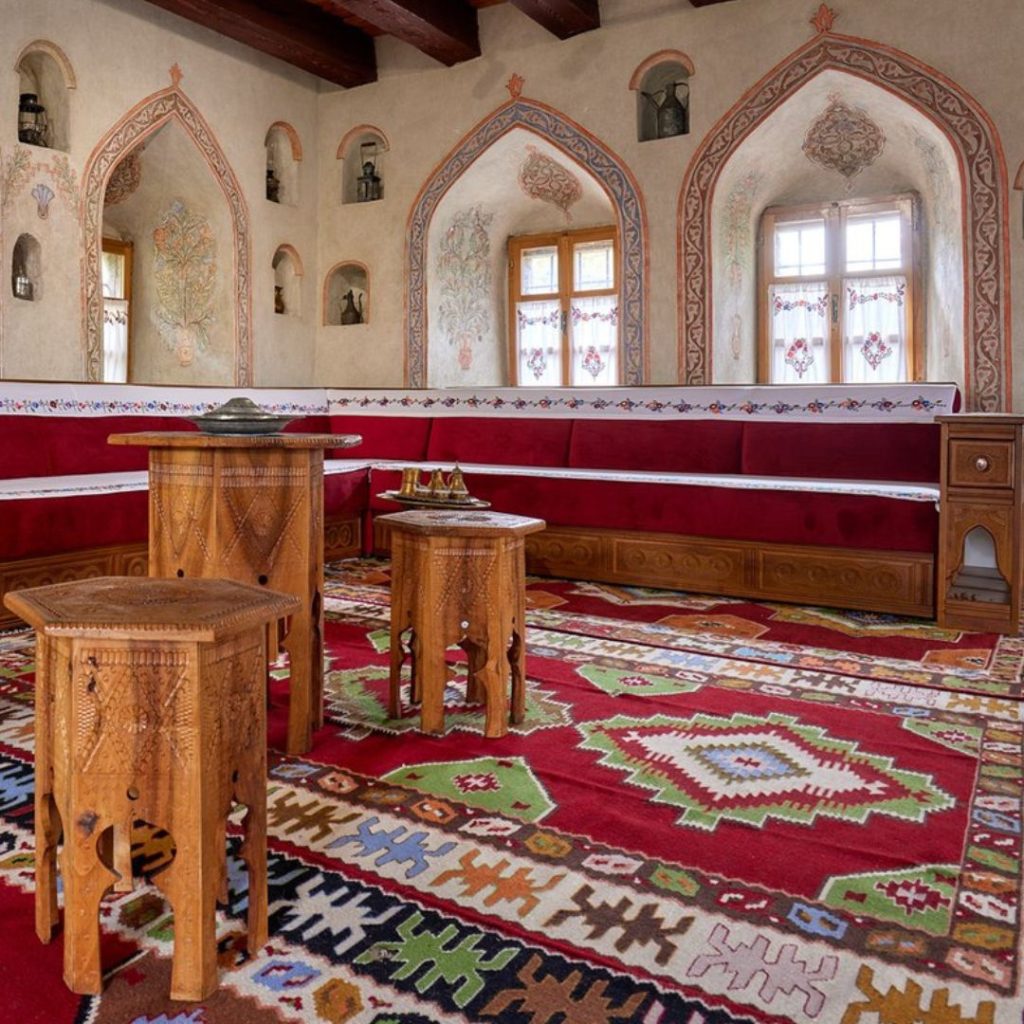
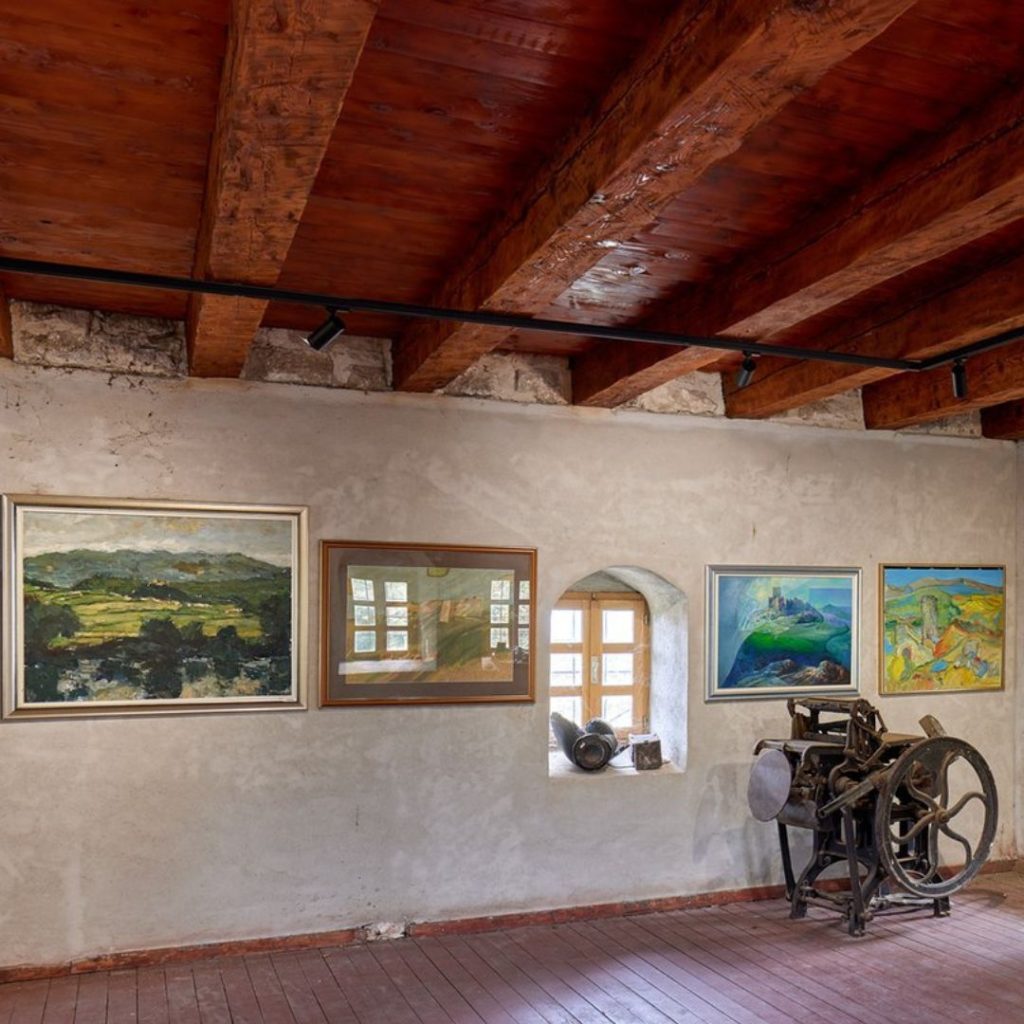
The most recent reconstruction of the tower, completed in 2021, further enhanced its status as a key cultural institution. Today, the museum holds five permanent exhibitions, covering time periods from prehistory to the Austro-Hungarian era. Highlights include the “Spiritual and Material Culture of the Japods” on the first floor, and a display on the ancient cities of the Una-Sana Canton on the second floor. The fourth floor’s exhibit, “Kapetan’s Divanhana,” recreates the living quarters of the Bihać captain, offering visitors a glimpse into life during Ottoman times.



